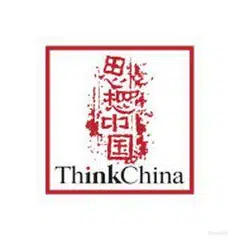Autumn succession: The main plot line of the 20th Party Congress
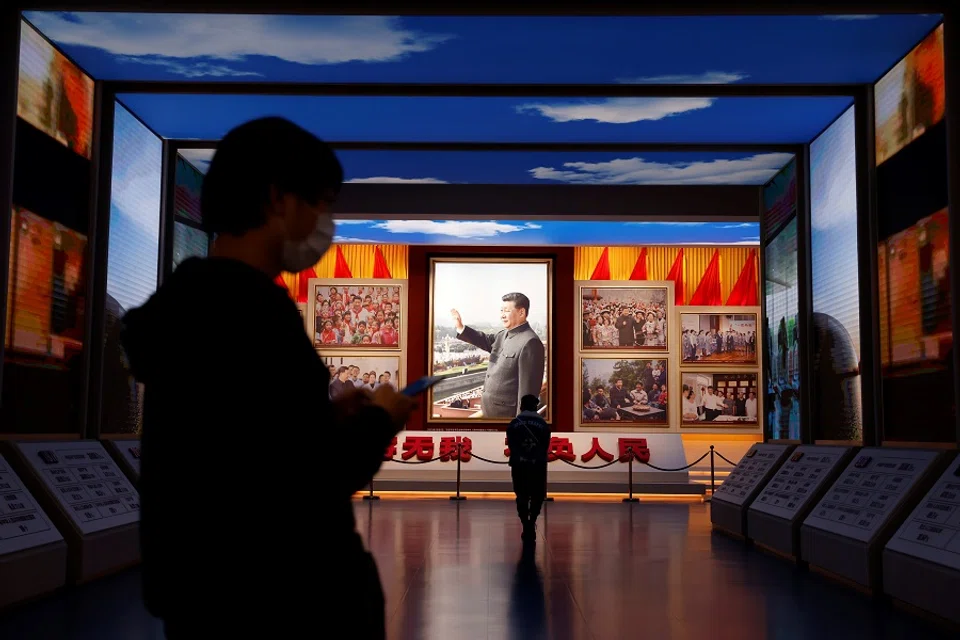
Elections of the Chinese Communist Party (CCP) can be roughly divided into two stages: the nomination of and voting on candidates. As far as the Politburo Standing Committee (PSC), the highest decision-making body of the party, is concerned, the nomination stage is highly competitive whilst the voting stage is not.
This is because the number of nominated candidates equals the number of seats to be elected at the PSC. In other words, PSC candidates, once nominated, do not compete with each other. They only need to obtain sufficient approval votes from the electorate at the election.
...proceedings at the nomination stage, which naturally precedes the voting, are conducted in top secrecy.
Electoral voting is conducted at the National Party Congress, which usually takes place every five years in autumn. The event is guaranteed to be a public spectacle. The process will be carefully choreographed and widely broadcast.
The electoral outcome will bear no suspense because the Congress is not an institution to make collective electoral decisions by the party's constituents. Rather, it is an institution to engineer consent and to provide legitimacy for nominations that have been decided by a few before the congregation of the Congress.
How consent is engineered at the Congress is an art by and of itself. Nevertheless, it is fair to say that the electoral outcome, namely, obtaining the majority of the votes for the nominations, is predictable once the Congress is underway.
In contrast, proceedings at the nomination stage, which naturally precedes the voting, are conducted in top secrecy. At the same time, unlike what happens at the voting stage, candidate nomination is highly competitive. It is a process which remains intensely dynamic till the last few weeks before the Congress convenes.
Its outcome is determined by a lot of factors, many of which cannot be easily observed by us. However, this does not mean that we are completely in the dark about the scenarios that will likely unfold.

In this short piece, I will explain four conventions that regulate the nominations of candidates for membership of the PSC. Based on these conventions, I will project the range of choices of candidates. For the sake of brevity, my analysis focuses on the ordinary PSC members and not on the General Party Secretary (GPS), which is currently held by Xi Jinping.
Readers who are interested in Xi Jinping's future at and beyond the Congress can refer to my previous writings on The Muddled Case against Xi Jinping's Third Term (hereinafter Third Term) and The Third Road: Where will Xi Jinping go in 2022?.
Self-rule is conducive to self-preservation. And self-preservation means that PSC members, once elected, could and would retain their seats for as long as possible.
Self-rule
Unlike all other CCP positions whose nominations are subject to the top-down rule, the PSC membership nomination is subject to self-rule. This is because no organisation or unit has sat above the PSC ever since the party gained autonomy from the former Communist Party of the Soviet Union (CPSU).
Self-rule is conducive to self-preservation. And self-preservation means that PSC members, once elected, could and would retain their seats for as long as possible.
In the first three decades after the CCP came to power in 1949, PSC members had little problems renewing their terms of office at the end of their electoral terms. The renewal took place almost automatically unless a member was removed as a result of a power struggle, illness or death.
Such a practice assumes a life of its own because of its self-serving nature. However, it also inevitably leads to gerontocracy, which becomes a serious problem, weakening the competence of the party to govern.
Being aware of this problem, when, in 1982, the average age of the PSC members reached 74.5, the party began to experiment with various schemes to induce senior party leaders to agree to retire. One scheme that has become established is the introduction of an age limit.
Age limit
Age limit refers to the maximum age at which 1) an incumbent PSC member can retain his seat or 2) a new candidate can be admitted to fill a vacated PSC seat.
Age limit is different from the retirement age. With the former, the actual age that a member retires is different, depending on one's age at the time of membership admission; the latter entails that everyone retires at the same age.
The CCP has never officially acknowledged the existence of an age limit rule for PSC membership. However, a consistent pattern has been observed since 2002: all PSC incumbents retired when they reached 68 or above at the end of their electoral terms and all new PSC members were admitted at the age of 67 or younger.
The reason that since 2002 very few PSC members have served more than two terms is not due to the imposition of a term limit...
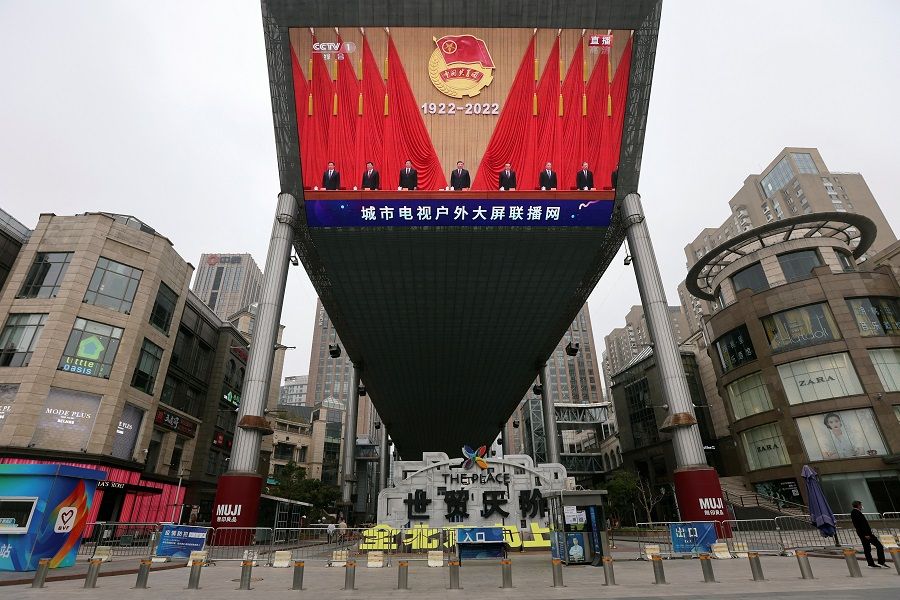
Age limit is also different from the term limit. The term limit requires a leader to leave office after a given number of terms served regardless of age; under the age limit, the number of terms that one can serve is different for different members, depending on one's age when the membership is acquired. For instance, Hu Jintao was first admitted to the PSC at the age of 49, which allowed him to serve four terms in the PSC before retirement.
The reason that since 2002 very few PSC members have served more than two terms is not due to the imposition of a term limit because, as I have elaborated in my previous writing Third Term, such an assumption is false. Rather, it is because of the combination of two factors: the age limit that I explained above and the rank eligibility that I will explain next.
Rank eligibility
Rank eligibility is the outcome of the institutionalisation of a seniority-based sequential personnel promotion system. It requires that to become a PSC member, one has to first become a member of the Central Committee. This convention is not explicitly written in the Party Charter but has been consistently observed in practice, including during the devastating period of the Cultural Revolution.
All past and incumbent PSC members had served at the Central Committee at least for one term when they were elected to the PSC. The Party Charter also stipulates that the PSC is to be elected by the Central Committee, not the Congress. It is unimaginable that the Central Committee would elect a non-peer to the PSC.
The career ladder to the Central Committee is sky-high and one has to climb it rung by rung or rank by rank. The rank eligibility rule naturally raises the age threshold for PSC candidacy as the candidate needs plenty of time to arrive at the Central Committee from the bottom of the ranks.
Therefore, with the rank eligibility setting a high age threshold on entry and the age limit forcing the exit, the PSC members have never served more than two terms since the age limit rule was introduced in 2002, except for those who have risen to the GPS.
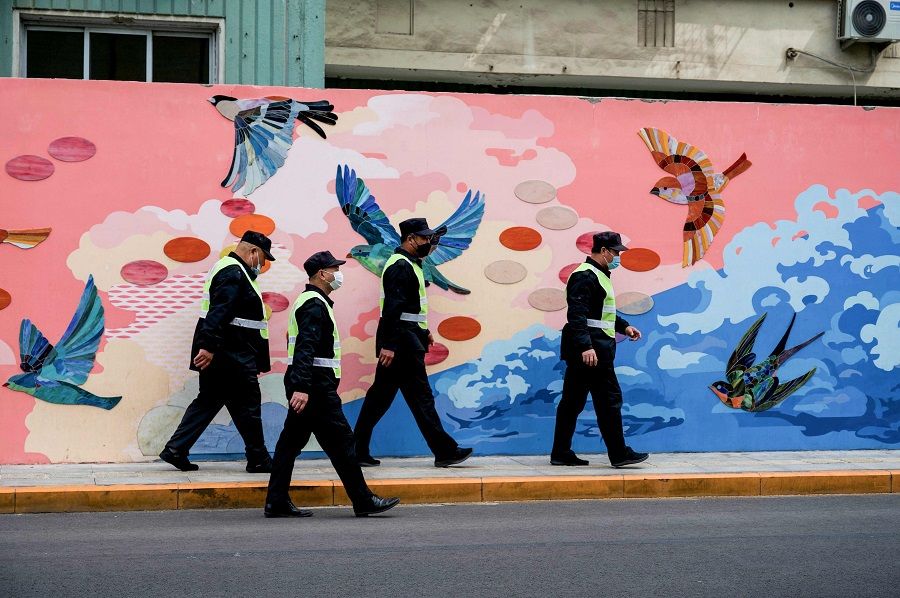
Staggered election
Depending on the age composition of the incumbent PSC members, the PSC election is staggered at varied degrees. For instance, six out of seven PSC members were replaced at the 16th Party Congress in 2002, whilst four out of nine were replaced at the 17th Party Congress in 2007.
The PSC election is staggered not because different seats are classified for elections at different times, such as the case of US senators. Rather, it is the result of the application of the age limit rule and the varied age at which each member enters the PSC. This practice helps the party retain a measure of personnel continuity and policy consistency at the PSC.
PSC makeup at the 20th Party Congress
Among the four conventions mentioned above, the age limit is the newest and most elastic. The makeup of the new PSC at the 20th Party Congress will be largely based on the extent to which Xi Jinping is willing and able to break or change it.
If the current age limit is upheld, two incumbents will exceed 68 and retire in autumn: Li Zhanshu (栗战书, 72) and Han Zheng (韩正, 68). The rest will stay but may be rotated to a different portfolio, especially if one's current position is subject to a term limit, for instance, the premier. This also means that only two vacancies will be created for new admissions.
If Xi, however, changes the age limit rule, for instance, bringing it down to 66, it will induce the retirement of three more PSC incumbents: Li Keqiang (李克强, 67), Wang Yang (汪洋, 67) and Wang Huning (王沪宁, 67). Then, three more vacancies will be created.
... the new PSC needs to bring in one or two younger members who can continue to sit in the PSC in 2027 so as to allow a staggered leadership transition then.
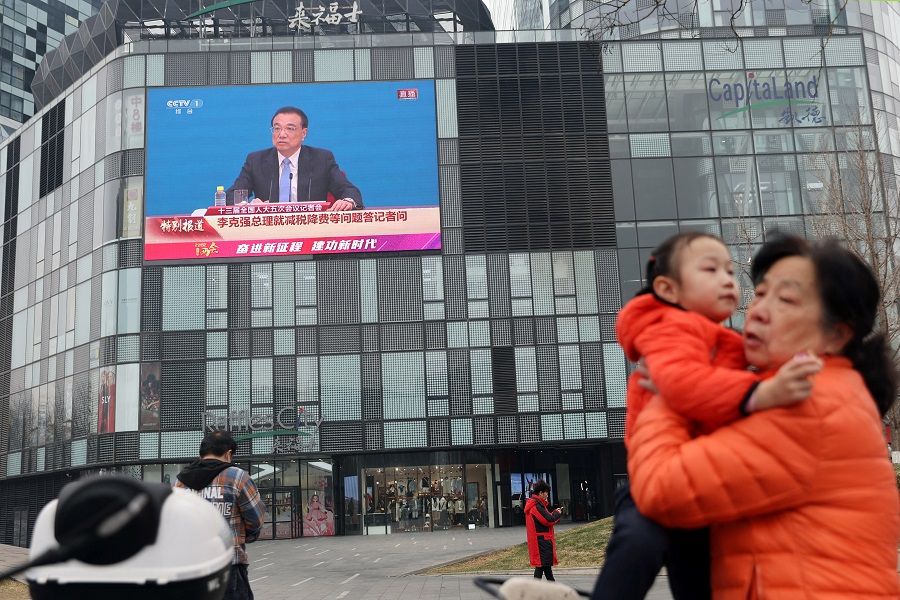
Regardless of the extent to which the age limit is to be held, set aside or changed, the new PSC needs to bring in one or two younger members who can continue to sit in the PSC in 2027 so as to allow a staggered leadership transition then.
If this is indeed the most pressing concern of the party, the strongest candidates from the Politburo are Hu Chunhua (胡春华, 59) and Ding Xuexiang (丁薛祥, 60) due to their age advantage and strong factional alliances.
As discussed earlier, new PSC admissions can also be "airlifted" from the Central Committee. If that happens, it is almost certain that such special tickets belong to those who have a clear age advantage and can serve for at least two terms at the PSC before hitting the age ceiling.
Other than breaking the age limit rule, more vacancies can also be created by court packing, namely, increasing the number of seats at the PSC. The size of the PSC is not fixed. It has varied between five to nine in the past.
Currently, it has seven seats, which was downsized from nine when Xi Jinping came to power in 2012. He could well restore it back to nine seats so that two more vacancies can be created without breaking the age limit rule.
Complex factors
In this piece, I have discussed four conventions regulating the Party leadership transition in the past: self-rule, age limit, rank eligibility and the staggered election. Understanding these conventions allow us to significantly narrow the range of candidates for the new PSC. However, who exactly from this pool of candidates will be chosen depends on a lot of factors, many of which cannot be easily observed by outsiders.
These factors include, for instance, the success of individual candidates in winning support from the PSC incumbents and retirees, the firmness of Xi's resolve and the reliability of his political skills to change conventions at the expense of his peers, and the strength of resistance of his peers against his impositions individually and collectively, all of which are conditioned by the development of the currently volatile international and domestic political environments.
Unfortunately, all these matters will play out in secrecy and its outcome will be open to speculation until the curtain of the Congress is lifted.
Related: Tough competition: Becoming one of 2,300 delegates at the 20th Party Congress | Who's who among the new CPC leadership: Enroute to CPC's 20th Party Congress | Post-70s generation CPC stars jockey for position ahead of 20th Party Congress in 2022 | Prelude to CPC's 20th Party Congress in 2022: Seven new provincial party secretaries appointed
